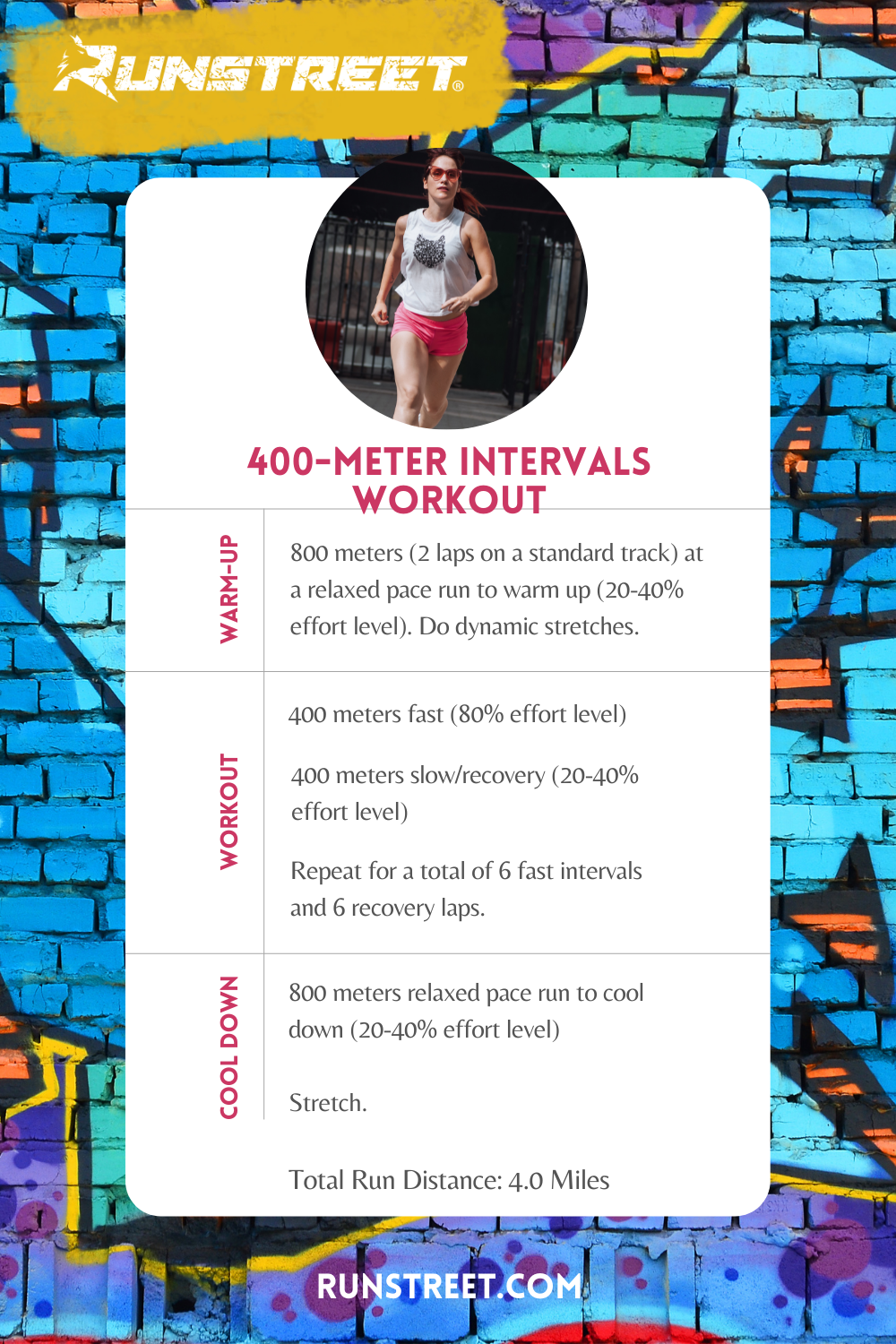Running Workout Techniques: Strategies to Enhance Endurance and Speed
Running Workout Techniques: Strategies to Enhance Endurance and Speed
Blog Article
Handling Typical Running Discomforts: Reasons, Solutions, and Avoidance
As joggers, we often experience different pains that can impede our efficiency and pleasure of this physical task. By checking out the origin factors for these operating discomforts, we can discover targeted options and preventative actions to make certain a smoother and extra meeting running experience.
Usual Running Discomfort: Shin Splints
Shin splints, an usual running discomfort, often arise from overuse or inappropriate shoes throughout exercise. This condition, medically known as medial tibial stress disorder, shows up as discomfort along the inner edge of the shinbone (tibia) and is widespread amongst professional athletes and runners. The repetitive stress on the shinbone and the tissues affixing the muscular tissues to the bone causes inflammation and pain. Joggers that quickly enhance the intensity or period of their workouts, or those who have level feet or inappropriate running techniques, are especially vulnerable to shin splints.
To stop shin splints, individuals need to gradually increase the strength of their workouts, put on suitable shoes with proper arch support, and maintain adaptability and strength in the muscles bordering the shin. If shin splints do happen, first treatment includes remainder, ice, compression, and altitude (RICE) Additionally, integrating low-impact tasks like swimming or biking can help maintain cardiovascular health and fitness while allowing the shins to heal. Consistent or extreme instances may require medical examination and physical treatment for reliable management.
Typical Running Discomfort: IT Band Syndrome
In addition to shin splints, one more prevalent running pain that athletes frequently experience is IT Band Syndrome, a condition triggered by swelling of the iliotibial band that leaves the external thigh and knee. IT Band Syndrome typically manifests as discomfort outside of the knee, particularly during activities like running or biking. The iliotibial band is a thick band of fascia that attaches the aware of the shin, and when it ends up being inflamed or limited, it can massage against the thigh bone, leading to pain and discomfort.
Joggers experiencing IT Band Syndrome might notice a painful or hurting feeling on the external knee, which can worsen with ongoing task. Elements such as overuse, muscular tissue imbalances, incorrect running type, or poor workout can add to the growth of this problem.
Typical Running Pain: Plantar Fasciitis

Plantar Fasciitis can be associated to numerous factors such as overtraining, improper shoes, working on tough surface areas, or having high arcs or level feet. To prevent and minimize Plantar Fasciitis, joggers can integrate extending workouts for the calf bones and plantar fascia, put on encouraging shoes, keep a healthy and balanced weight to lower pressure on the feet, and progressively raise running strength to stay clear of abrupt stress and anxiety on the plantar fascia. If signs and symptoms linger, it is advised to get in touch with a medical care specialist for correct medical diagnosis and therapy choices he said to attend to the condition efficiently.
Common Running Pain: Jogger's Knee
After attending to the obstacles of Plantar Fasciitis, another prevalent issue that joggers commonly encounter is Runner's Knee, a typical running pain that can prevent sports performance and cause pain during physical activity. Jogger's Knee, additionally known as patellofemoral pain disorder, shows up as pain around or behind the kneecap. Runners experiencing this discomfort might really feel a dull, aching pain while running, going up or down staircases, or after long term periods of sitting.
Typical Running Discomfort: Achilles Tendonitis
Commonly afflicting runners, Achilles Tendonitis is a painful condition that affects the Achilles tendon, triggering pain and possible constraints in physical activity. The Achilles tendon is a thick band of tissue that connects the calf muscle mass to the heel bone, vital for tasks like running, leaping, and strolling - original site. Achilles Tendonitis frequently establishes as a result of overuse, improper footwear, insufficient extending, or abrupt rises in physical activity
Signs of Achilles Tendonitis include pain and tightness along the ligament, particularly in the morning or after periods of lack of exercise, swelling that gets worse with task, and potentially bone spurs in persistent instances. To stop Achilles Tendonitis, it is vital to stretch properly in the past and after running, use suitable shoes with correct support, gradually raise the intensity of exercise, and cross-train to minimize repeated stress on the ligament.
Final Thought

Report this page